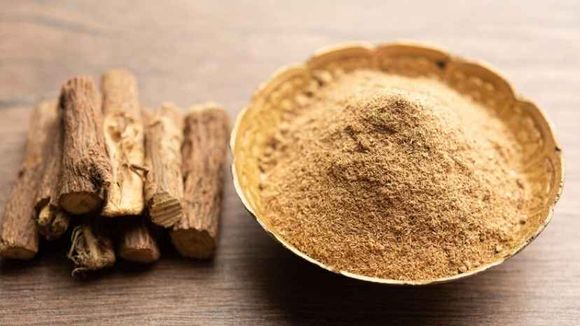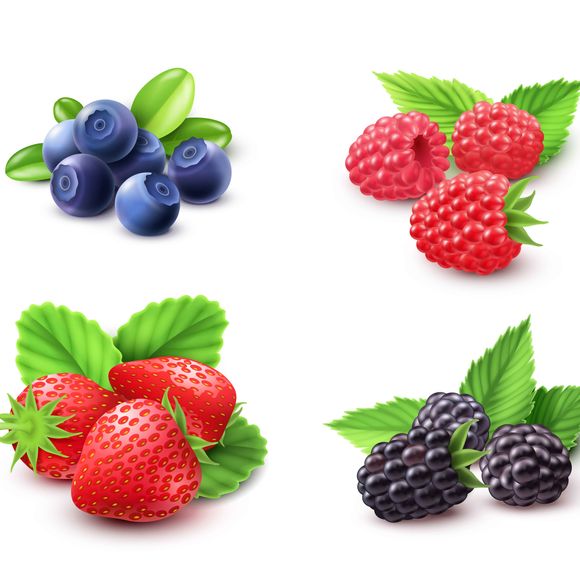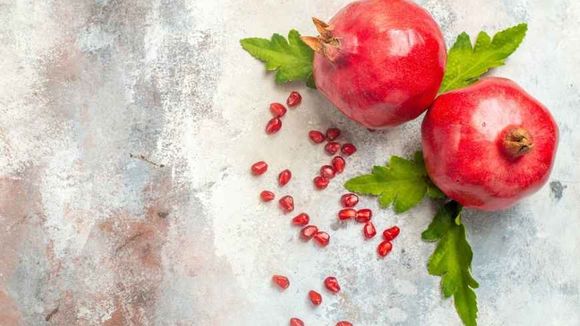Why do we need herbal therapeutics for respiratory viruses
Respiratory viruses are the most common causes of disease in humans, with a significant impact on morbidity and mortality worldwide, mainly in children. [Ref. 1] The respiratory viruses that most often circulate in all continents as endemic or epidemic agents are influenza virus, respiratory syncytial virus, parainfluenza viruses, metapneumovirus, rhinovirus, coronaviruses, adenoviruses and bocaviruses. Although the human body has mechanisms for protection and immune response, it is never superfluous to look for solutions in nature. And there are often, but we need to know them and know how to use them properly and with minimal risk of side effects or interactions.
There is scientific evidence regarding the effectiveness of several complementary therapies for colds and flu. For example, oral zinc intake can reduce the duration and severity of a cold. Regular intake of vitamin C supplements only slightly reduces the duration and severity of colds, but supports the resistance of the body as a whole.
Probiotics were also found to be better than placebo at reducing the number of episodes of acute upper respiratory tract infections, the frequency of episodes of acute upper respiratory tract infections, and reducing antibiotic use. And against the backdrop of global antibiotic resistance, this is very good news.
Since there are no fully effective universal drugs or vaccines for all respiratory viruses, the search for alternative therapies is a sensible approach. Next, we'll take a look at ten natural remedies to treat the flu or cold symptoms you can try.
Traditional herbal remedies for cold and flu viruses

Traditional herbal remedies were used by ancient peoples to prevent or treat colds and flu. A variety of herbs are widely used to deal with viral respiratory infections. The control and treatment of influenza depends mainly on chemical or biochemical agents that are isolated from plants. These agents include various polyphenols, flavonoids, saponins, glucosides and alkaloids contained in the following plants.
Mao
Herbal medicine Maoto has traditionally been prescribed to flu patients in Japan. Maoto is one of the main means Campo medicine (traditional Japanese herbs), composed of 4 medicinal herbs:
- Ephedrae Herba (stem of Ephedra sinica) (Chinese ephedra)
- Cinnamomi Cortex (bark of Cinnamomum cassia Blume) (Cassia)
- Armeniacae Semen (core from Prunus armeniaca Linné) (Apricot)
- Glycyrrhizae Radix (root of Glycyrrhiza uralensis Fisher) (Chinese liquorice) [ref. 2]
The administration of oral maoto granules to adults with seasonal influenza is well tolerated and associated with equivalent clinical and virological efficacy of neuraminidase inhibitors. Maoto also exhibited antipyretic activity in influenza virus-infected mice and reduced the virus by increasing virus-related natural antibodies.
Licorice roots

Glycyrrhizin is an active ingredient in licorice studied in mice infected with influenza A2 virus (H2N2). The study revealed that glycyrrhizin may protect mice that have been exposed to a lethal amount of influenza virus by stimulating the production of interferon-gamma by T cells. [ref. 3]
Glycyrrhizin is also known to exert immunomodulatory and anti-inflammatory effects, and is therefore a candidate drug to control H5N1-induced proinflammatory gene expression. [ref. 4]
Other potential mechanisms to glycyrrhizin action are:
- Immunomodulation
- Anti-inflammatory action
- Reduction of virus uptake by host cells
Extracts of berries

Polyphenols are the main culprits for the positive effects of berries in influenza viruses and the common cold. A team of scientists investigated the ability of cranberry polyphenols to alter the immunity of participants who consumed a cranberry drink. The study revealed that consumption of the beverage altered the ex vivo proliferation of γδ-T cells, where these cells reside in the epithelium and serve as the first line of defense, improving their function, which may be associated with a decrease in the number of symptoms associated with colds and flu. [ref. 5]
The mechanism of action of polyphenols includes:
- Modification of immunity
- improving the function of T cells
- Antioxidant action
Echinacea
Echinacea preparations are widely used for the prevention and treatment of the common cold. You've probably taken echinacea because of its immunomodulatory effect.
Preliminary results from studies are encouraging and suggest that Polinacea (roots of Echinacea angustifolia) may be used to improve the immune response to influenza vaccine. Echinacea also has antiviral activity against influenza viruses in vitro and has traditionally been used to treat colds and flu. [ref. 6]
Clinacanthus siamensis
Clinacanthus siamensis leaf extract showed activity in in vitro and in vivo tests on influenza virus. After oral administration to mice, the extract produced higher antibodies against the influenza IgG and IgA virus compared to the drug used. These results suggest that Clinacanthus siamensis extract has a protective effect against influenza virus infection. [ref. 7]
The potential mechanisms of action of Clinacanthus siamensis include improving the production of IgG and IgA antibodies against influenza virus.
Punica granatum

Punica granatum (Pomegranate) has proven influenza properties. A polyphenolic pomegranate extract was also tested. It revealed suppression of influenza A virus replication in Madin-Darby canine kidney cells. Pomegranate polyphenol extract also prevents the agglutination (a process of binding cells, bacteria, small particles of similar size) of red blood cells in chickens from influenza virus, inhibits viral RNA replication and has a virucidal effect.
The potential mechanisms of action of Punica granatum include suppression of viral replication and virucidal effect, particularly pronounced in influenza virus type A.
Psidium guajava Linn. (guava tea)
Psidium guajava Linn. (guava tea), which is prepared by the method of infusion, significantly inhibits the growth of clinical isolates of influenza A (H1N1). Guava tea inhibits viral haemagglutination and sialidase activity. It appears to be effective in controlling epidemic and pandemic influenza viruses, including oseltamivir-resistant strains. [ref. 8]
Epimedium koreanum Nakai
A plant known as Epimedium koreanum Nakai (Korean epimedium) is widely used in traditional Korean and Chinese medicine to treat a variety of ailments. An aqueous extract of the plant was evaluated in vitro and in vivo in a recent study. It is effective against various subtypes of influenza A by significantly reducing viral replication. [ref. 9]
The mechanism of antiviral activity was revealed when an aqueous extract of Epimedium koreanum Nakai induced the secretion of type I interferon and pro-inflammatory cytokines and the subsequent stimulation of antiviral activity in cells. Oral administration of the extract showed a preventive effect on mice against lethal doses of highly pathogenic influenza A subtypes.
It was concluded that Epimedium koreanum Nakai extract and its constituents play the role of immunomodulators in the immune response and may be promising candidates for prophylactic or therapeutic treatment of influenza A subtypes (H1N1, H5N2, H7N3, H9N2).
The potential mechanisms of action of Epimedium koreanum Nakai include:
- Reduction of viral replication
- Increased secretion of type I interferon and pro-inflammatory cytokines
- Immunomodulation
Scutellaria baicalensis (Baikalin)
A Chinese herb known as Scutellaria baicalensis Georgi (baicalin) is used to treat the common cold, fever, and influenza virus infections. In cell culture and in mice, baikalin revealed its antiviral activity, which increased with dose. This indicates that baikalin affects the multiplication of the virus.
The researchers concluded that baikalin acts as a neuraminidase inhibitor with different inhibitory activities that are effective against different strains of influenza A virus in both vitro and in vivo, and that baikalin has potential in the treatment of influenza virus infections.
Its potential mechanisms of action can be summarized as:
- Neuraminidase inhibitor
- Prevention of virus multiplication
Paeonia lactiflora Pall. (Bai Shao)
The root of Paeonia lactiflora Pall. (Bai Shao) - a type of Chinese herb, is used in many recipes to treat viral infections and liver diseases. The synthesis of both viral RNA and viral protein was extremely inhibited when the cells were treated with Bai Shao extract. One study showed that the extract inhibited viral haemagglutination and viral binding to and penetration into host cells. The authors conclude that Paeonia lactiflora possesses antiviral activity and has the prospect of development as a flu agent. [ref. 10]
The potential mechanisms of action of Paeonia lactiflora Pall. Include:
- Viral RNA inhibition and viral protein synthesis
- Viral haemagglutination
- Viral binding and penetration into host cells








